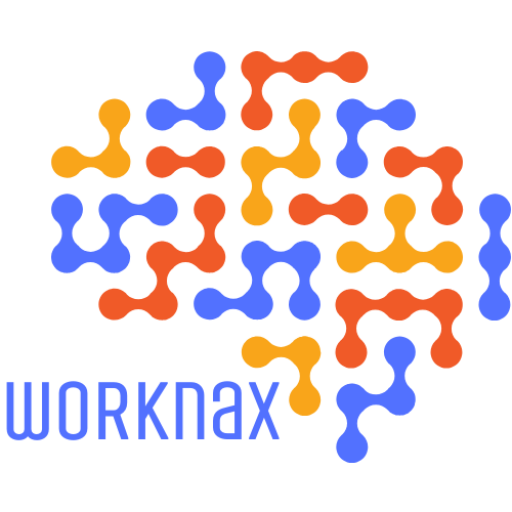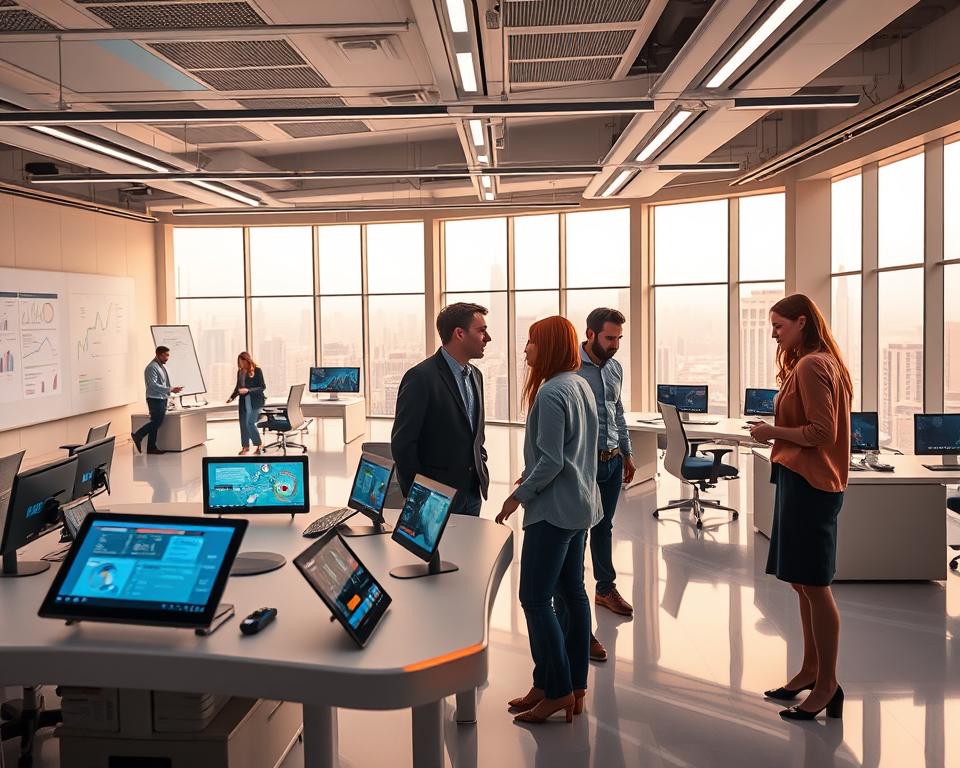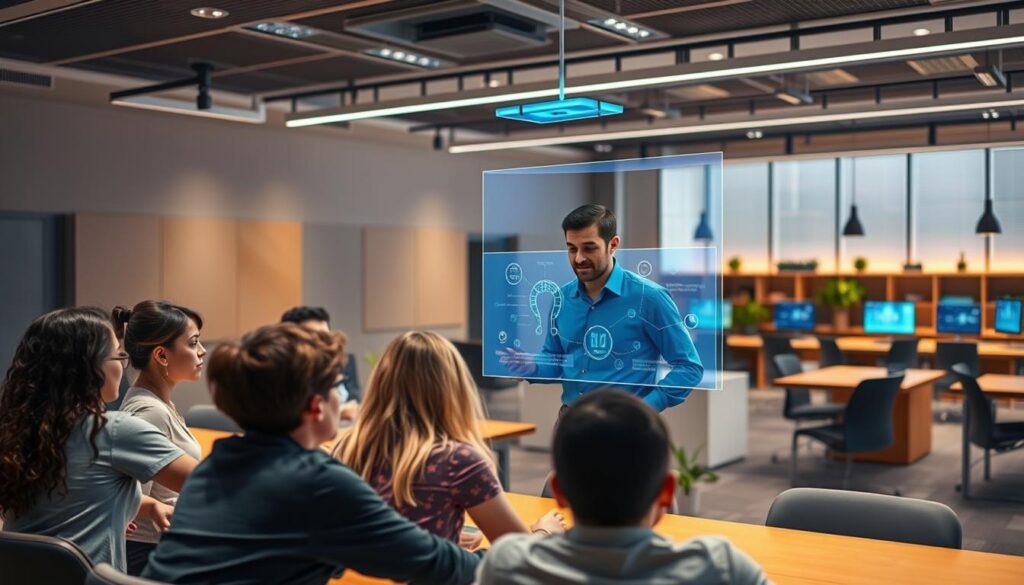Anúncios
Virtual Reality (VR) is ushering in a groundbreaking transformation within the educational landscape, fundamentally altering how students learn and engage with complex subjects. This revolutionary technology is creating immersive learning experiences that were once considered impossible or impractical in traditional educational settings. Conventional teaching methods often fall short in fully capturing student interest and promoting genuine engagement. In response, VR serves as a bridge, effectively addressing this gap by providing interactive environments tailored to foster deeper understanding and retention of information.
Picture a classroom where students can virtually explore ancient civilizations, dive into the depths of the ocean, or even travel through the intricate systems of the human body—without ever leaving their desks. Through these immersive experiences, students can engage their imaginations and enhance their memory retention in ways that traditional learning methods struggle to achieve. As more educators recognize the immense potential embodied in VR technology, it is quickly emerging as a pivotal resource in modern educational practices.
Among the many advantages VR offers in an educational setting is its remarkable ability to cater to a wide range of learning styles. Every student has unique preferences—while some thrive on visual stimuli, others may find kinesthetic or hands-on forms of learning far more effective. VR addresses these differences by providing multiple avenues for students to interact with and engage with content, ultimately making learning more inclusive and tailored to individual needs. This adaptability signals a significant shift in educational philosophy, prioritizing personalized learning experiences that resonate with each learner.
Moreover, VR facilitates experiential learning, emphasizing the importance of learning by doing. By immersing students in realistic simulations, they can participate in real-life scenarios, apply theoretical knowledge, and develop vital problem-solving skills. This hands-on approach promotes active participation in the learning process, fostering a sense of ownership and responsibility for their educational journeys. Such a dynamic shift in methodology encourages students to engage deeply with the material while also preparing them for future challenges.
To illustrate the impact of VR in education, consider the case of medical students who utilize VR simulations to practice surgical techniques and procedures. These hyper-realistic environments enable them to hone their skills in a safe and effective manner, simulating the pressures and demands of real-life surgeries without the associated risks. By engaging with complex scenarios in a controlled setting, these students can build their confidence and competence before they ever interact with real patients. This application exemplifies the profound advantages VR offers in specialized fields that require precision and mastery.
Similarly, geography students who don VR headsets gain a unique opportunity to virtually “visit” diverse countries, immersing themselves in unfamiliar cultural contexts in ways that textbooks often fail to convey. By allowing students to “walk” the streets of foreign cities or tangibly experience different cultural practices, VR cultivates a deeper sense of empathy and global awareness. Such attributes are increasingly essential in today’s interconnected world, where understanding diverse perspectives is more important than ever.
In addition to enhancing individual learning experiences, VR creates unique opportunities for collaboration among students. Virtual classrooms can effectively bring together learners from different geographical locations, allowing them to work on projects and assignments as if they were occupying the same physical space. This collaborative approach nurtures teamwork and communication skills, vital components of success in the workforce after graduation. In this way, VR can expand the boundaries of traditional learning environments and provide rich opportunities for authentic collaboration between students with varied backgrounds.
The COVID-19 pandemic accentuated the existing challenges of remote learning, resulting in a significant surge in interest in VR as a potential solution. Amid widespread concerns about student engagement and accessibility, schools and universities increasingly explored VR platforms to enhance online education. Instead of resorting to flat screens and static content, immersive experiences could present a far more engaging alternative for students navigating remote learning challenges.
Incorporating VR into the educational curriculum can also invigorate the teaching profession. Educators can leverage VR technology to infuse life into their subjects, transforming stale traditional lessons into dynamic, interactive experiences. As teachers embrace innovative technology, they can inspire greater creativity and enthusiasm for learning among their students, potentially sparking a lifelong love of discovery and inquiry within the minds they teach.
However, the journey of integrating VR into education is not without its challenges and complications. One significant barrier to widespread adoption is the cost and accessibility of VR technology, which can be prohibitive for many underfunded schools and districts. Investment in necessary infrastructure—such as high-speed internet access and VR hardware—is crucial for effective implementation, raising questions about equity and accessibility for all students.
Moreover, educators must receive rigorous training to utilize VR tools effectively and maximize their potential in the classroom. The integration of new technology into existing curricula necessitates innovative pedagogical approaches that some teachers may not be fully equipped to adopt. To ensure the successful implementation of VR in education, professional development opportunities must align with these new technologies, equipping teachers with the necessary skills and knowledge to adapt.
An additional critical aspect is the need for high-quality content that is specifically tailored for educational purposes. While an increasing number of VR educational resources are becoming available, the demand for engaging, curriculum-aligned content continues to grow. Developers must actively collaborate with educators to create immersive experiences that genuinely enrich the educational process and meet established academic standards.
Despite these hurdles, the potential benefits of VR in education are far too great to overlook. Students who engage with VR content often demonstrate improved focus, increased retention of information, and enhanced critical thinking skills. The ability to manipulate 3D objects in virtual spaces has proven particularly advantageous for subjects requiring spatial understanding, like mathematics and science. By utilizing VR technology, educators can unlock new avenues for academic success.
Numerous case studies across diverse educational institutions further illuminate the success of VR implementations. For example, a school district that integrated VR into its science curriculum reported remarkable increases in student engagement levels, along with measurable improvements in test scores. As these success stories continue to emerge, they pave the way for a broader and more widespread adoption of VR technology in education.
As VR technology continues to advance at an unprecedented pace, educators can eagerly anticipate increasingly realistic and sophisticated simulations. Innovations like haptic feedback technology—where users can feel sensations while interacting with virtual environments—hold the promise of creating even more engaging and immersive learning experiences. Such advancements could redefine instructional methodologies and change the way concepts and skills are taught and practiced in classrooms around the world.
Furthermore, accessibility to VR will likely improve as technology progresses, leading to decreased costs for VR devices and software. As these technologies evolve, educational institutions—particularly those in low-income areas—will have greater opportunities to obtain necessary resources, contributing to a more equitable and inclusive educational landscape. By removing technological barriers, all students can benefit from modern learning tools.
Incorporating VR into the educational experience encourages students to take ownership of their learning journeys. By navigating virtual environments, students can explore subjects and materials at their own pace, personalizing their educational paths in ways that resonate with their unique interests and curiosities. This sense of empowerment can lead to increased enthusiasm for knowledge and curiosity, which are vital components of a successful educational experience.
Moreover, VR has the potential to address existing issues of educational equity. By simulating experiences that some students might never have the chance to encounter—such as virtual museum visits or exploring diverse environments—VR helps level the playing field for all students. This technology enables equitable access to quality education, regardless of socioeconomic background.
As the use of VR in education continues to grow, it will undoubtedly ignite important discussions about the evolving role of technology in learning. Educators must thoughtfully consider how to balance the benefits of traditional teaching methods with the integration of cutting-edge technologies like VR. The transition to VR should not eliminate essential interpersonal interactions and the opportunity for critical thinking exercises that are fundamental components of a well-rounded education.
The evolution of education through VR is still in its early stages, yet its impact is already detectable as it changes how students learn and engage with their surroundings. While the journey toward widespread adoption may involve hurdles and challenges, the potential rewards of improving students’ experiences and educational outcomes are significant. As we embrace this transformative technology, we cultivate a generation of empowered learners poised to thrive in an ever-evolving world.
In summary, Virtual Reality represents a significant and transformative phase in the realm of education. It enhances engagement, accessibility, and active learning, enabling experiences that conventional teaching methods often struggle to provide. By harnessing the full potential of VR technology, we not only prepare learners for dynamic futures but also shape a more informed and empathetic society. The ultimate objective should extend beyond mere incorporation of technology; rather, it should center on fundamentally enhancing the educational experience. VR opens new avenues for exploration and understanding, turning the quest for knowledge into an exciting, interactive journey. The prospect of entering this brave new educational frontier is just beginning, and it promises to be a thrilling adventure for educators and students alike.



